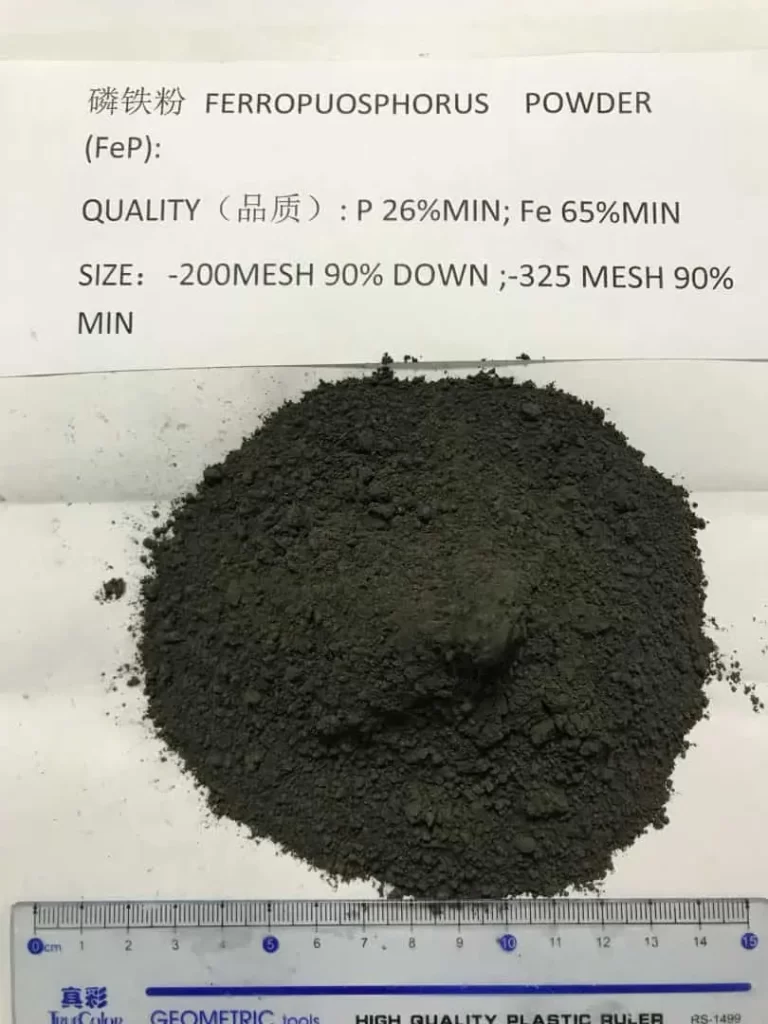Pyrite Powder Preparation Processes
The preparation of pyrite powder is crucial for its applications in catalysis, adsorption, and environmental protection. The primary processes involved include:
- Physical Crushing Method
The first step involves mechanical crushing and ball milling to grind pyrite ore into fine powder. This increases surface area, enhancing reactivity. Precise control of particle size is necessary for optimal performance. - Chemical Treatment Method
Pyrite powder undergoes chemical treatment, often with sulfuric acid, to purify and enhance its surface activity. This step can improve its catalytic properties and adsorption capacity. - High-Temperature Reduction Method
This method reduces pyrite to iron and hydrogen sulfide gas at high temperatures, resulting in a high-performance powder suitable for industrial applications.
Pyrite Powder Performance Optimization
Optimizing the performance of ultrafine pyrite powder is essential for enhancing its efficiency in industrial applications. Key optimization techniques include:
- Particle Size Control
The particle size directly impacts the surface area and reactivity of pyrite powder. By controlling the grinding process, particle size can be reduced to increase surface area, improving catalytic performance and adsorption capacity. Nanometer-sized pyrite powder, in particular, offers enhanced catalytic and adsorption properties. - Surface Modification
Techniques like coating, doping with precious metals (such as platinum or palladium), or acid-base treatments can modify the surface properties of pyrite powder. These modifications significantly enhance its catalytic and adsorption capabilities. - Composite Material Preparation
Combining pyrite powder with materials like activated carbon or titanium dioxide creates composite materials that improve performance in targeted applications. For example, pyrite powder and titanium dioxide can be used for photocatalytic degradation of organic pollutants, showing superior catalytic effects.
Industrial Applications of Pyrite Powder
Pyrite powder has a wide range of industrial applications, especially in the fields of catalysis, adsorption, and environmental protection.
- Catalysis
Pyrite powder serves as an effective catalyst in various chemical processes. With enhanced catalytic activity from optimization techniques, pyrite is used in catalytic cracking, petroleum refining, and coal gasification. - Adsorption
Thanks to its high surface area, pyrite powder is highly effective in adsorbing pollutants, including heavy metal ions, dyes, and organic compounds. Its optimized properties make it an excellent choice for water treatment and air purification systems. - Environmental Protection
Pyrite powder plays a vital role in environmental protection. It is used in wastewater treatment, removing harmful pollutants such as heavy metals and ammonia nitrogen. Furthermore, it helps in the purification of waste gases and the removal of sulfur dioxide, making it valuable for reducing environmental pollution.
Conclusion
Pyrite powder, with its superior catalytic and adsorption properties, has significant potential across various industrial sectors. By optimizing preparation processes, controlling particle size, and modifying surface properties, its performance can be greatly enhanced. The resulting improvements will continue to support advancements in catalysis, adsorption, and environmental protection. As technology advances, the efficiency of pyrite powder in these applications will continue to improve, resulting in more sustainable solutions for addressing industrial and environmental challenges.

